Firecell’s GEO5G project is a revolutionary innovation in the world of smart tools indoor/outdoor tracking. It combines the most advanced private 5G technology with cutting-edge indoor positioning methods to provide users with accurate maps and navigation indoors (geofencing), for enterprises of all sizes.
Firecell’s GEO5G project is a revolutionary innovation in the world of smart tools indoor/outdoor tracking. It combines the most advanced private 5G technology with cutting-edge indoor positioning methods to provide users with accurate maps and navigation indoors (geofencing), for enterprises of all sizes.
This will allow users to:

This project is the initiative of a powerful French consortium joining forces with Firecell. This project is laureate of the French government’s 5G Acceleration Plan (France 2030).
Based on the latest 3GPP release applied to Industry 4.0, this industry-wide collaboration will set new standards in the field of indoor tracking and navigation.
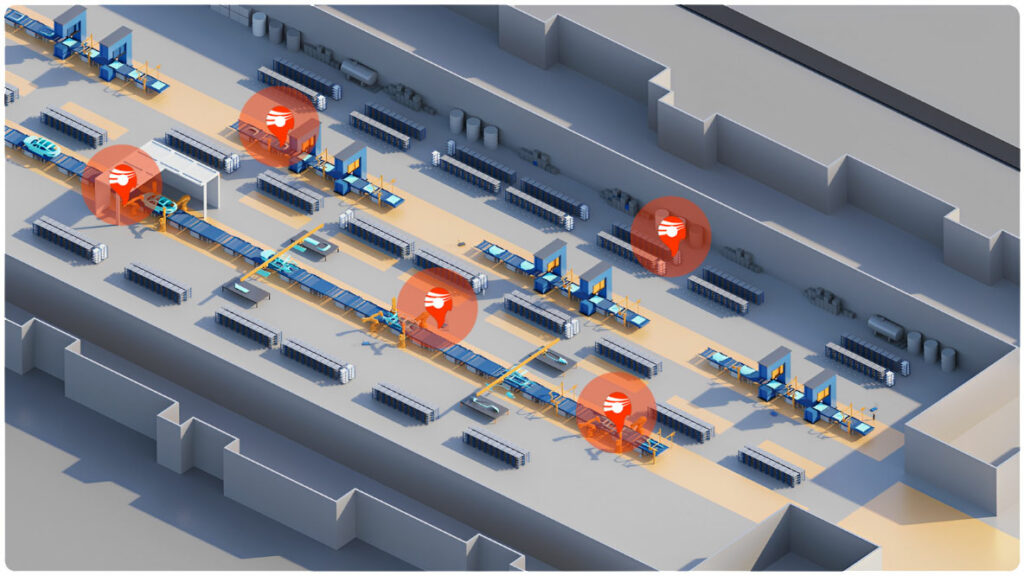
In an assembly plant, we can find a large number of tools. These tools can be used at different workstations, depending on the progress of the assembly of the product but also moved according to the dimensions of the product.
It can also during the life of a tool, the need to control or perform maintenance without an operator being notified. Thus, the operator can locate the tool in the maintenance or metrology department.
In order to solve these problems, the use of a Private 5G network allows to set up a mapping to search for a tool in a zone covered by this Private 5G network. This geolocation will allow a user to search by an identifier and display the tool on a digital version of the factory map.
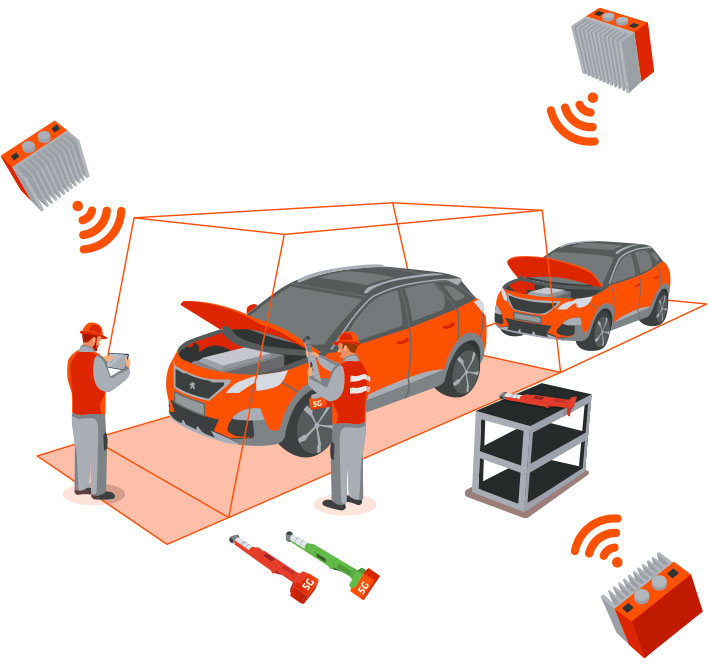
In the use case above, we have n connected screwdrivers.
For each of the screws, a certain number of screwing actions must be performed per work step (the red zone). The system developed within the framework of the GEO5G project will make it possible to measure and send alerts if the operator does not carry out all these actions in a predefined order and in a predefined zone. This allows for a higher quality of industrial processes.
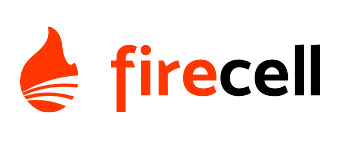
FIRECELL develops and provides a private 5G platform for accurate localization of 5G chips and objects. That includes a key component called the LMF (Location Management Function)

EUROUTILS provides industrial tooling solutions (connected tools)
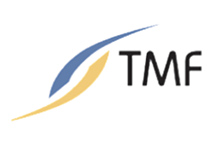
TMF develops the Magic Data box to control the proper functioning of connected tools.
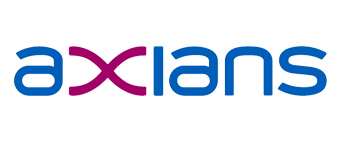
Axians (via the SYSOCO company) develops the mapping software allowing it to interface connected tools and the 5G localization system. SYSOCO also ensures the complete integration of the project, the monitoring of the equipment and the installation of the complete GEO5G solution on the test factory workstations.
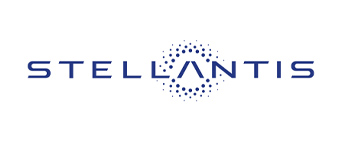
STELLANTIS provides test work stations on which the system will be installed and tested in real conditions.

AW2S provides 5G radio heads.
The GEO5G project will enable the accurate positioning of people and assets indoors, regardless of where they are in the building.
Concretely, with the GEO5G system, you can establish a precise indoor location of tools and operations with an anti-lapse system, improve the traceability of the manufacturing process on automotive or aeronautical assembly lines, or even ensure the safety of technicians or operators in a potentially risky robotic environment.
A 5G private network provides a robust solution: real-time geolocation by using sensors embedded within structures, allowing an improvement of the accuracy of the localization system. These innovations allow a sub-meter accuracy, which wasn’t possible before. This work is based on the Open Air Interface open source platform, which allows for scientific and international dissemination of the project.
| Weaknesses | Low level of accuracy affected by the environment of objects and machines Very low level of security Short range (high infrastructure cost) |
| Strenghts | Available in most industrial facilities |
| Weaknesses | Dedicated infrastructure required Maintenance requiring a high level of expertise Short range (high infrastructure cost) |
| Strenghts | Mature technology offering a very good level of accuracy No interference with existing RF systems |
| Weaknesses | Availability of 5G compatible IOT chips and 5G IOT modules not before 2023 Ecosystem under construction |
| Strenghts | Mature technology (available since 2013) Low energy consumption Easy to deploy |
| Weaknesses | Dedicated infrastructure required Short range Medium level of accuracy Sensitive to radio interference Very short range (high infrastructure cost) |
| Strenghts | High attractiveness of 5G due to the multiplicity of use cases covered beyond simple connectivity Geolocation functionality does not require an additional network if 5G is already deployed, thus reducing costs Possibility to deploy private 4G networks to cover the first use cases and then upgrade to 5G Standardization of interfaces between equipment to enable equipment switching Large scientific community working on 3GPP standard evolutions |